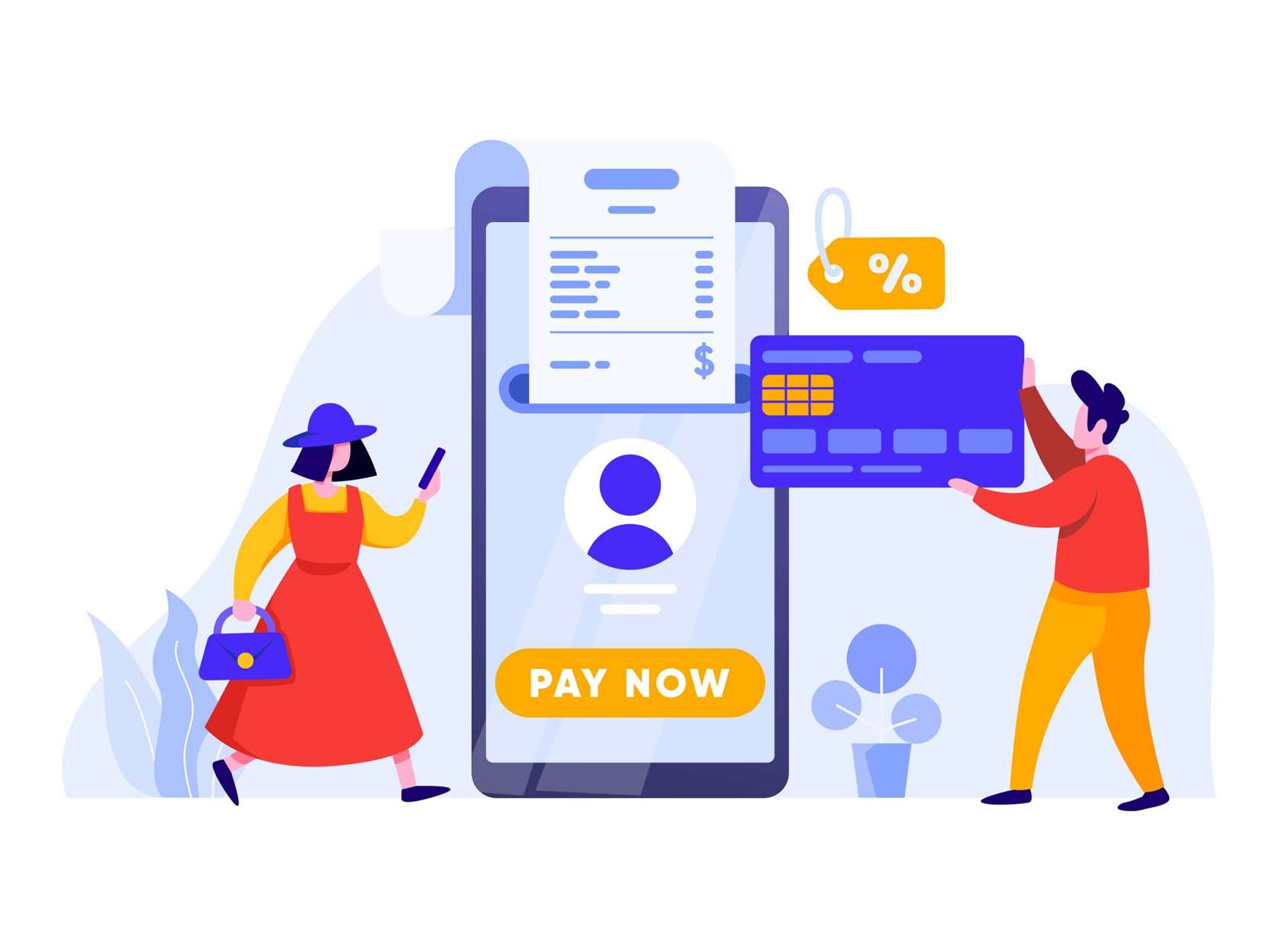PaaS solutions are maintained and managed by the vendor, which means businesses don’t have to worry about keeping up with the latest software updates or security patches. There are many different types of cloud computing services available to businesses today. Oracle Cloud Platform pros and cons of paas is Oracle’s enterprise-leaning PaaS product, optimized for both on-premises and cloud environments. While Oracle Cloud Platform offers native support for both containers and the standard list of programming languages, its true value comes from its intelligent automation.
PaaS provides developers with a platform to develop, deploy, and run applications, and its main goal is rapid development. Clearly, all three cloud delivery models have advantages that are attracting new users. They also each have some disadvantages that might make them a poor fit for some use cases. And SaaS, a model of renting software over the Internet, is a giant in the cloud world. By outsourcing infrastructure and maintenance tasks to a third-party provider, you are entrusting them with your data and applications.
Private PaaS
Hybrid PaaS solutions run in a hybrid cloud and are highly flexible as they combine the benefits of public and private PaaS, and offer the ability to own internal infrastructure in private PaaS. Infrastructure-as-a-Service, or IaaS, is basically the hardware infrastructure that you can obtain from an external service provider, which https://www.globalcloudteam.com/ you can use for data storage, networking, and more. The cloud is a really big deal, especially when you think about how you can access a wide range of services and use a variety of features, all from any internet-connected device. And IaaS and PaaS are two of the three primary categories of cloud computing, the third being SaaS.
With almost everything done online these days, businesses are largely dependent on the cloud for the collection, storage, and processing of data, many of which happen to be sensitive and crucial. Maintaining on-premises IT infrastructure can be both costly and labor intensive. That’s why customer demand for cloud infrastructure as a service (IaaS) is accelerating as organizations continue to pursue digital strategies. However, top talent
with cloud computing skills and experience is still hard to find.
Additional Cloud Service Models
Before making the decision to go live with a PaaS product, IT pros should plan ahead. For instance, making the switch to PaaS while in the middle of a large project could result in delays. While it’s easy to make the case for PaaS, there’s bound to be some challenges as well. Some of these hurdles are simply the flip side of the positives and the nature of the beast. Since its inception, PaaS has given many wonderful opportunities to small scale enterprises, which are not capable to build their own infrastructure. Suppose, you are working on PHP language which is compatible with your PaaS solution and then in the middle of your project, your PaaS vendor comes up with a new update, which requires Java language for further compatibility.
In the case of PaaS, you will get the latest version automatically in your kit but in the traditional method, you’ll have to purchase the latest version which could be costly. Every software development cycle goes through different phases, from the inception to the implementation phase and finally to mass roll-outs. Since Software-as-a-Service (SaaS) is perhaps the well-known category of the three and widely used by small business, the other two are often used by bigger businesses, along with SaaS, to develop their overall IT infrastructure. Companies in every stage of the business lifecycle are using IaaS solutions.
Platform maintenance
For instance, IBM Watson Cloud offers a platform for creating applications that use artificial intelligence and machine learning. And the Salesforce Lightning Platform offers tools for creating apps that utilize Salesforce.com data. In addition, IaaS is the least likely of the three cloud delivery models to result in vendor lock-in.

Platform as a Service, or PaaS, are cloud services and solutions that offer compelling opportunities, streamlining the process of application development. For companies without access to the significant resources required to facilitate on-site development, PaaS eliminates many of the complex infrastructure necessities, reducing costs and improving outcomes. PaaS works well for small businesses and startup companies for two very basic reasons.
Digital twin explained – Key applications
If you’re looking to automate or optimize the process and reduce your infrastructure costs then, PaaS is just the solution for you. It ends up becoming the function of the cloud manager to protect and take care of the data, so the trust in the provider is something that is very critical. Platform as a service can be seen as a great scalability solution, as it delivers an environment with highly scalable spaces, tools, and resources. Doing so can ultimately lead to greater success in leveraging PaaS systems for your organization’s development and deployment needs. It’s also an ideal choice for businesses that want a cost-effective way to scale their apps as needed. And with its low-code approach, Back4app can be used by anyone—even those without any coding experience.
- App Engine is Google’s PaaS offering within its broader Google Cloud Platform (GCP).
- While IaaS provides just the pay-as-you-go infrastructure for a company, PaaS steps it up by also providing a variety of tools needed
to create applications. - Contact our specialists to learn more about CloudBOX and build cloud applications quickly and easily.
- While there are many benefits to using a PaaS, there are also some drawbacks that you should be aware of before making a decision.
- According to a Crowd Research Partners survey, 36 percent of organizations are running IaaS in production, and another 50 percent have plans to deploy in the future.
Read on to learn about IaaS in cloud computing, the benefits it offers an organization, the challenges it may present and examples of IaaS. There are many good reasons to try these PaaS-based solutions, and some of them aren’t as apparent as you’d think. There are many subjective upsides that businesses usually mention when asked about these platforms, and that includes availability, flexibility, and so forth. PaaS is currently the least popular delivery model for cloud computing, but it is growing the fastest. According to the Crowd Research Partners survey, 28 percent of organizations surveyed currently use PaaS in production, and 51 percent have plans to deploy in the future. According to the most recent IDC Worldwide Public Cloud Services Spending Forecast cloud computing spending is growing about seven times faster than overall IT spending.
Top 10 Advantages of PaaS Platforms
The ugly truth is that transitioning to PaaS requires a significant investment in time and resources, and there may be unforeseen complications along the way. Infrastructure as a service is used by companies that don’t want to maintain their own on-premises data centers. The IaaS cloud vendor hosts the infrastructure components that typically exist in an on-premises data center, including servers, storage and networking hardware, as well as the hypervisor or virtualization layer. Users don’t have to download and install SaaS applications on local devices, but sometimes they may need plugins. SaaS software resides on a remote cloud network and can be accessed through the web or APIs.

To help guide these decisions, here’s an overview of some of the leading PaaS tools and vendors in the market today. Performance at scale—so say that Jane the developer had a Platform-as-a-Service proof-of-concept app from that conference, and then she released it to 10,000 people the next day. It definitely won’t have the same in and out performance as if it was running on a dedicated bare metal server, for example. So, there are some pros and cons with that just like with leasing, renting, or getting a taxi. So, with the taxi or Uber, you don’t care at all about what kind of car it is, what color it is, and in fact, you’re not even the one driving or paying for gas or any tolls because that’s baked into the price.
Get Unpresidented Visibility Into Your IT with the CompleteCloud Platform
Instead, your business relies on PaaS providers as they are giving you a platform and environment with all the necessary tools. The use of mobile PaaS solutions can be very cost-effective as it eliminates the need for in-house mobile app developers and dedicated IT support. I have mentioned in some of my previous articles that cloud computing is a complicated subject. And the fact that each cloud computing model brings a whole set of different types of solutions, contributes to the level of complexity. In addition, it can also be helpful when you cannot obtain the features or components you are looking for from the other two cloud computing models.